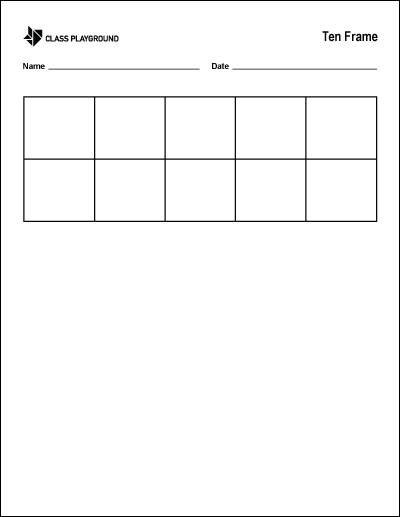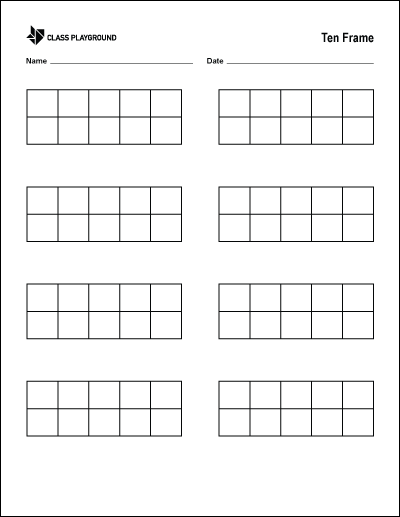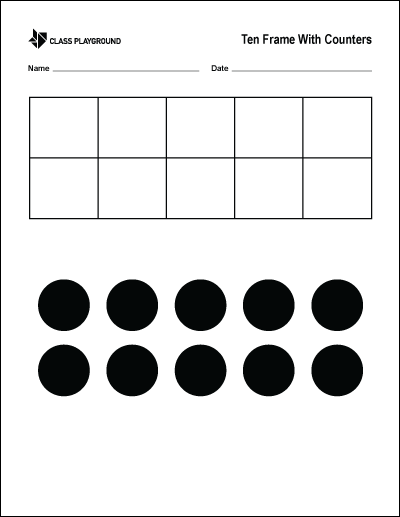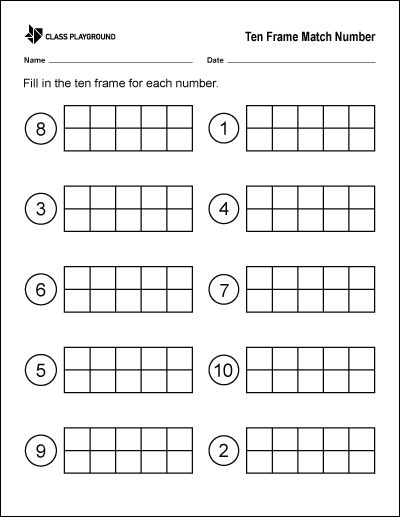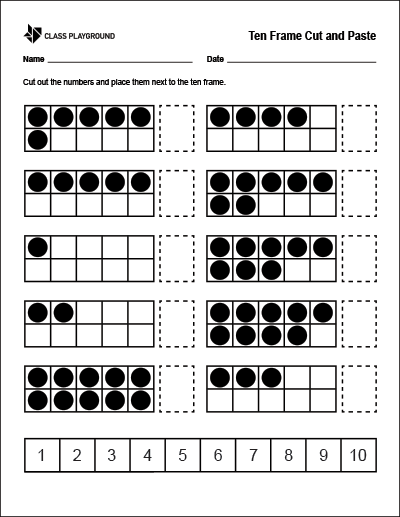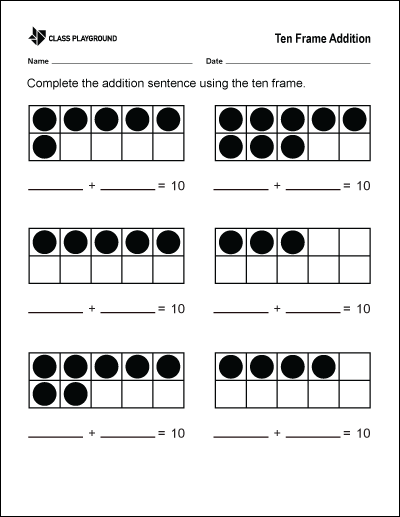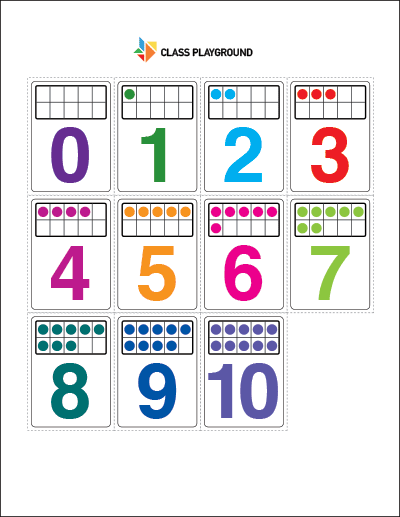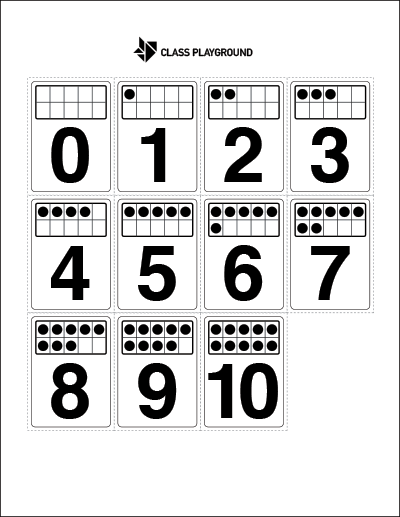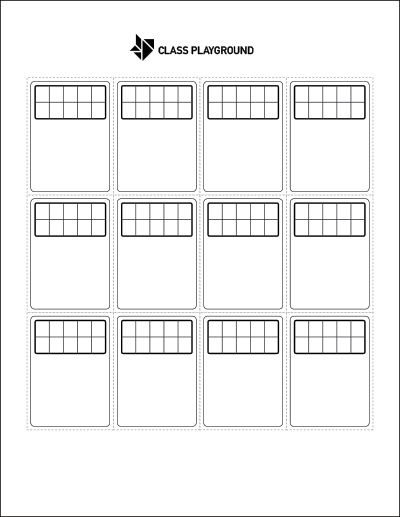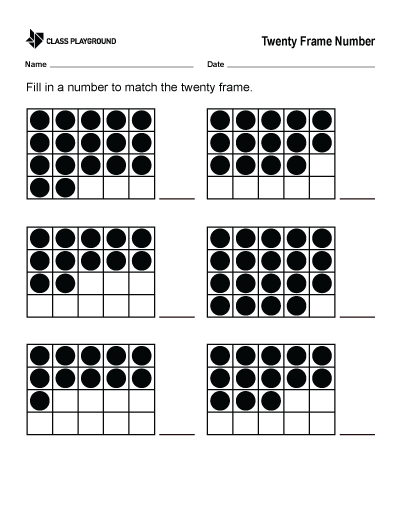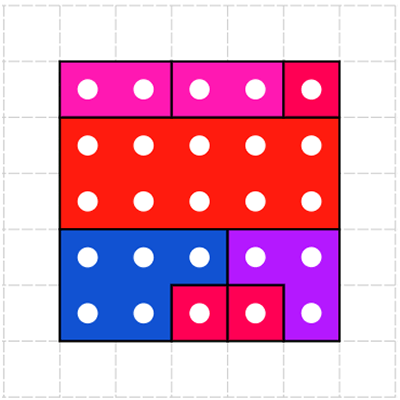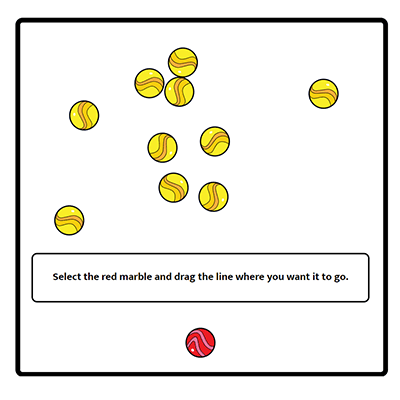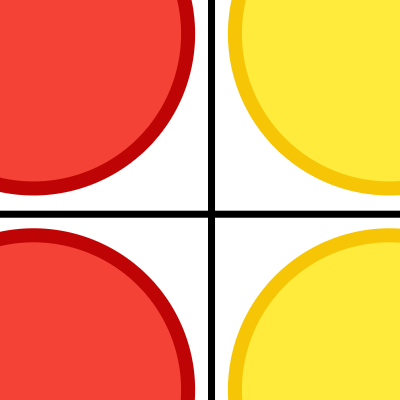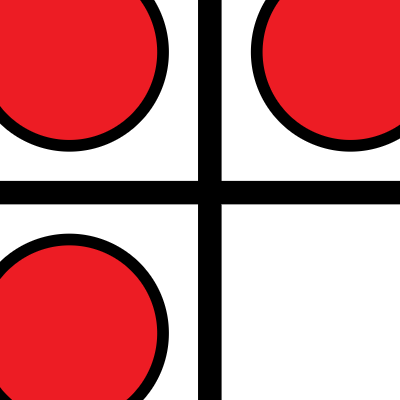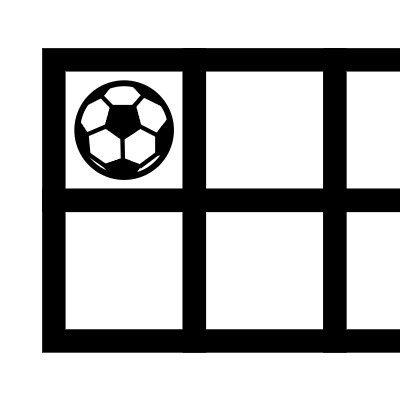What are Ten Frames?
Ten frames are made up of ten boxes arranged into two rows of five. Each box can be filled with a counter or left blank, allowing the representation of numbers up to ten. By arranging counters in different configurations, students form mental images of numbers and build automaticity.
Ten frames connect naturally to early skills like subitizing and using a number line, and they support later work in addition and subtraction. Don’t miss the printables section on this page.
Why Use Ten Frames in the Elementary Classroom?
Ten frames offer a visual, hands-on way to compare amounts less than, equal to, or more than ten. Because our number system is built on tens, this tool strengthens place-value understanding and flexible thinking about quantities.
Ten Frame Strategies
- Consistent routines: Open math with a quick ten-frame prompt (e.g., “Show 7 two ways”). Frequent, short reps build fluency.
- Model out loud: Demonstrate how to compose/decompose numbers (e.g., “I see 5 and 2 more makes 7”).
- Differentiate: Use a single frame for within-10 work or extend challenges by showing two representations of the same number.
- Make thinking visible: Ask students to explain why they placed counters in a particular arrangement.
Ten Frame Activities
- Flash & tell: Display a frame briefly, hide it, and have students describe what they saw (“a five on top and two below”).
- Fill the frame: Call a number and ask students to build it; then challenge them to show a second arrangement for the same value.
- Story problems: Model word problems within 10 on the frame (“7 apples, eat 2, how many left?”), then have students represent and explain.
- Match & memory: Pair numeral cards with frame cards; students flip to find matches and justify their choices.
For quick demonstrations, try an interactive frame or the two-color counters tool to highlight 5-and-10 structure without using the exact keyphrase as anchor text.

